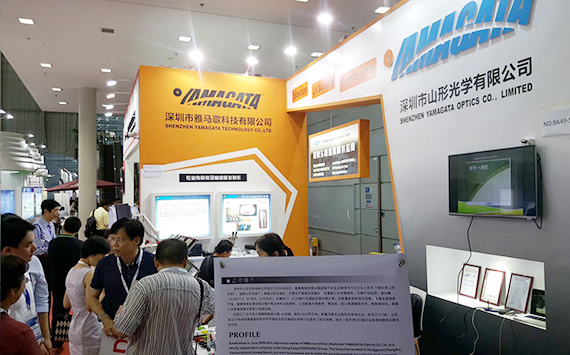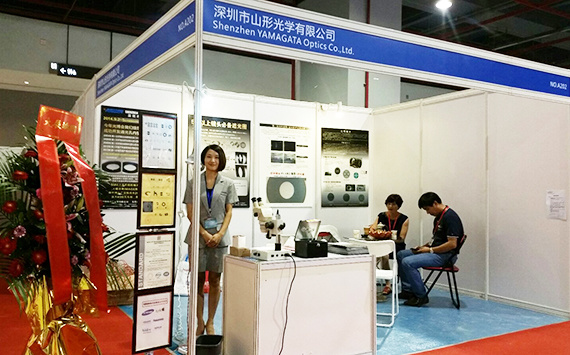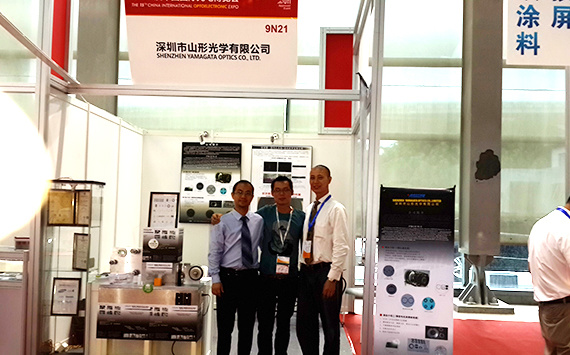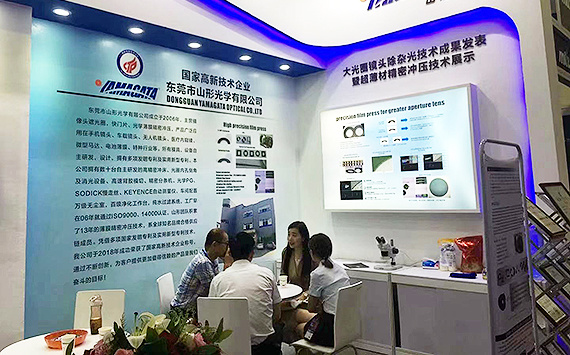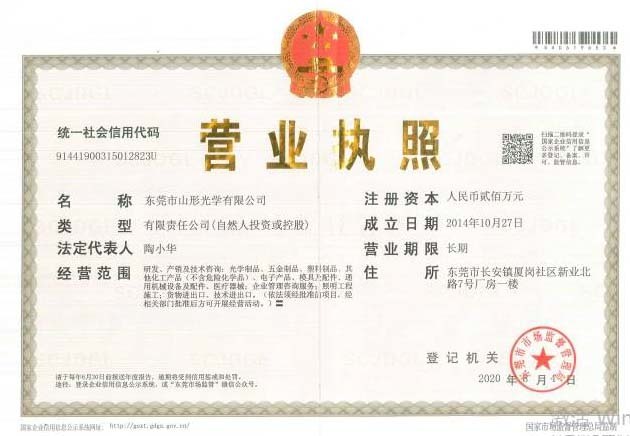When should I use the visor?
發布時(shí)間(jiān):
2023-02-15 14:35
The light-shielding ring plays♦ a role of light-shielding, such as the light-s→hielding ring of the mobile phone lens and the light-shieΩlding ring of the camera lens. It is stamped and formed with≤ SOMA shading material, and a piece of Mylar inlaid in the lens. Because it plays a role in shading, so people call it shading ring, ∏shading gasket.
Its principle is based on the principle of physic≈al phenomenon (small hole imaging), and th&e processing requirements€ are relatively strict. Therefore, the requirements for materials also haveδ a higher level of demand. Th↓e market basically uses Japanese SOMA' shading materials.
When to use the vis<or:
Prevent glare and improve contrast: The main p$urpose of the lens hood is to reduce the possibility o♣f lens flare. Lens flare usually appears in the image in the form of colo&red spots (especially in backlight or side backlight), which is mainly scattered by the lens. /Caused by reflected light. And the hood can also improve the o÷verall contrast and color in the photo.
If you don't want the light spots shown in the picture above to appear in← your photos, you'd better use a₹ light-shielding ring. If you are shooting directly •at the sun, using a hood will no♠t work, but when the sun (or any light source) is outside the frame, it can> indeed prevent halo.
Protect the lens: When you walk around, your camera sometimes bumps σinto things. The lens hood can protect the lens from damage.
When not to use the visor:
Create halo effect: If you want to create use halo effect, as™ mentioned above. Please do not use the visor, and tilt the lens ≠to a certain angle to get some glare or fade effect.
When using a pop-up fl↑ash: The lens hood sometimes blocks the light fro'm the pop-up flash to the subject and creates a shadow in the middl&e and lower parts of the >image.
推薦新聞



